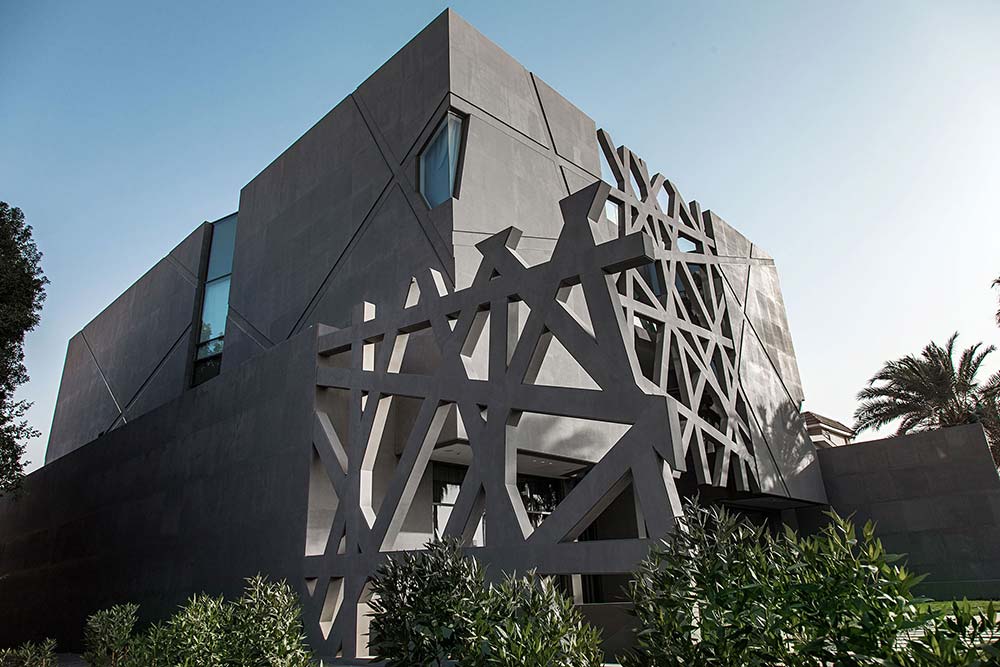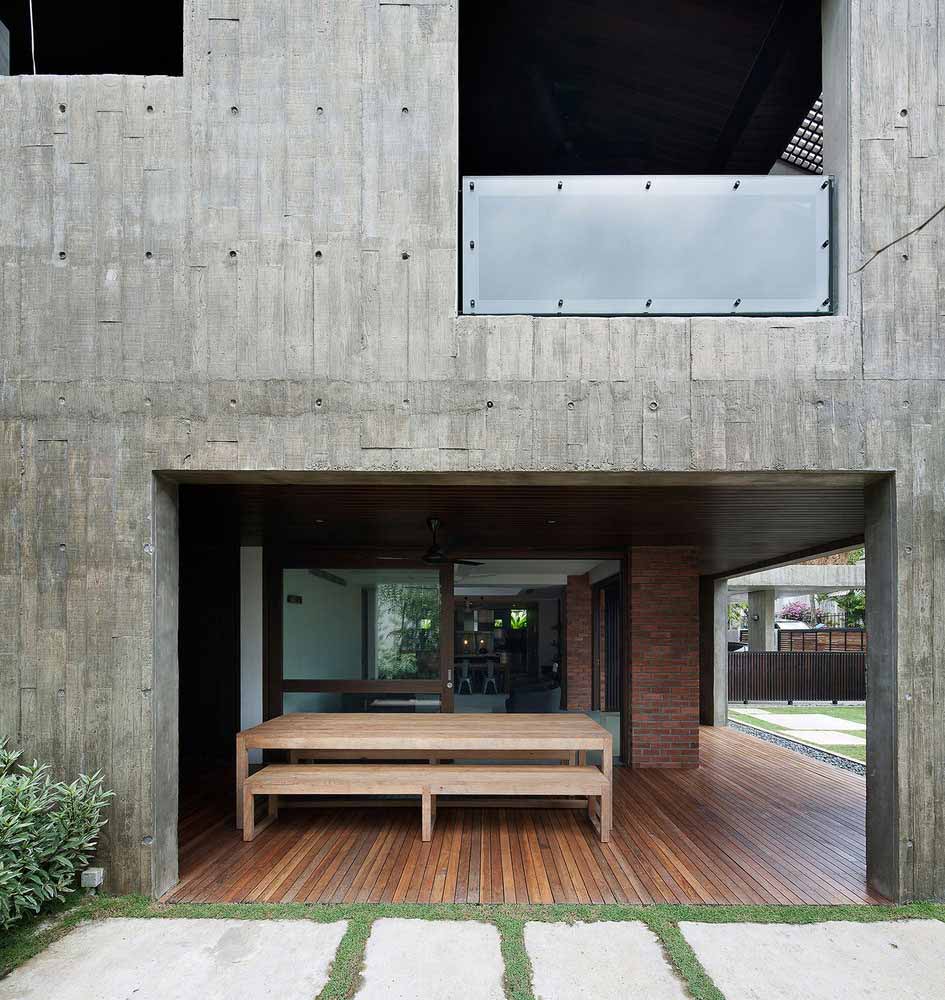
Over the last decade, Dwarka has undergone a significant transformation, shifting from a suburban area plagued by various civic issues into one of the most sought-after residential locations in the capital city.
As the clock strikes 4 pm, Amit Sharma, a real estate agent based in Dwarka, is deeply engaged in a meeting with a couple from Gurugram who are keen on purchasing a three-bedroom apartment within the sub-city. Sharma diligently presents a variety of properties available within their budget range of ₹1.6 to 2 crore. He informs the couple, both IT professionals, about the 25% increase in property prices over the past two years. While the cost seems slightly beyond their budget, Sharma remains upbeat. He remarks, “There was a time when most of my clients only wanted to sell their property in Dwarka, but now, we have people from all over Delhi and Gurugram eager to buy property here. The demand far exceeds the supply.” Sharma’s real estate firm, named Pappan Properties, has a connection to Dwarka’s history. He shares that originally, Dwarka was known as Pappan Kalan, and it was renamed Dwarka by the Delhi Development Authority (DDA) in the 2000s to better align with their vision of creating a modern sub-city.
Dwarka, situated approximately 26 km from Connaught Place, has witnessed a remarkable transformation in the last decade. It has evolved from a suburban area grappling with civic issues into a highly sought-after residential destination, primarily due to significant government investments in infrastructure, particularly its proximity to the Indira Gandhi International (IGI) airport.
For instance, just last month, Prime Minister Narendra Modi inaugurated the initial phase of the ₹25,703-crore India International Convention and Expo Centre (IICC), named “Yashobhoomi.” Once completed, it will house office and retail spaces, hotel rooms, exhibition halls, and a convention center. Another development, the ₹530-crore Bharat Vandana Park, is being designed as a prominent tourist attraction, featuring an eco-forest, numerous lakes, cultural and adventure sports facilities, and replicas of 36 prominent Indian monuments. Furthermore, a world-class international cricket-cum-football stadium with a seating capacity of 30,000 is in the works, along with a sprawling sports complex. A 159-acre golf course, set to be the country’s longest, will be equipped with amenities like audio-visual simulation rooms and capillary bunkers, slated for completion early next year. Additionally, plans for a diplomatic enclave in Dwarka, akin to Chanakyapuri, are also underway.
Dwarka, covering an area of 56 sq km, is Delhi’s third sub-city, originally planned in the late 1980s to address the housing needs of the city’s rapidly growing population. Back in 1981, Delhi’s population stood at approximately 6 million, with a projected doubling by 2001. Dwarka, along with Rohini and Narela, was envisioned to accommodate around 1 million people each.
At that time, Jagmohan was the Lieutenant Governor of Delhi, actively involved in the planning and development of Dwarka. The goal was to create a self-sufficient sub-city with a distinct identity, similar to Chandigarh. The initial plan, formulated by the Delhi Development Authority (DDA), underwent reviews by the Delhi government and the Delhi Urban Arts Commission and received approval in 1990. To develop the sub-city, over 5,000 acres of land were acquired from 11 villages, and each of the 29 sectors was designed to accommodate around 30,000 residents, complete with parks, schools, community centers, and shopping complexes. The transformation of agricultural fields into modern apartment complexes began in the early 1990s, with the first flats constructed in sectors 6, 7, and 9 by 1995. However, until the mid-2000s, few residents moved in due to challenges related to civic amenities such as electricity, sanitation, and water supply.
One pivotal event in December 2005 changed the trajectory—the inauguration of the Delhi Metro’s Blue Line corridor connecting Dwarka to Barakhamba Road. This improved connectivity led to the gradual filling of vacant flats. Over the following decade, government agencies, spurred by resident welfare associations (RWAs) and civil society groups, worked to address many civic amenity issues.
Nonetheless, the most significant transformation occurred in the last 5-6 years. Dwarka, which once lacked malls, hospitals, and five-star hotels, has now become a hub for these amenities. It has attracted residents from nearby areas for medical care, shopping, and dining. Dwarka’s identity as a middle-class housing destination primarily consisting of cooperative housing societies has evolved. Private builders have entered the scene, launching luxurious projects akin to those in Gurugram. Dwarka is now home to numerous malls and multi-specialty hospitals. Additionally, it has become a favored location for various public sector institutions and enterprises, including the National High-Speed Rail Corporation Limited (NHSRCL) and the National Highway Authority of India. Several top-notch higher educational institutions are also located within the sub-city.
The introduction of luxury housing projects near new infrastructure developments, such as the Convention Centre, Bharat Vandana Park, and the sports stadium, has contributed to the changing landscape. Upcoming projects like the Dwarka Expressway and Urban Extension Road-2 (UER-2) are expected to further boost property prices in the area.
Dwarka is evolving into a prominent business hub as well. DDA is planning to establish an international business, information technology (IT), and information technology-enabled services (ITeS) hub in sectors 24, 25, and 26 of Dwarka, close to IICC. These sectors are currently bustling construction sites, with projects like the Dwarka Expressway and elevated roads taking shape. The transformation is evident, and Dwarka is increasingly becoming a sought-after destination for living, working, and conducting business.







